Interesting facts about lussekatter! We love lussekatter, and it's a tradition to eat these pastries during the Lucia season. Today we have dug into some facts. Do you like lussekatter? If so, when and how do you prefer to eat them?
Innehållsförteckning
Lussekatter in Luciatid
Lussekatter is a delicious pastry, but also something that is strongly associated with tradition. One thinks of early mornings with candles, star boys and Lucia songs.
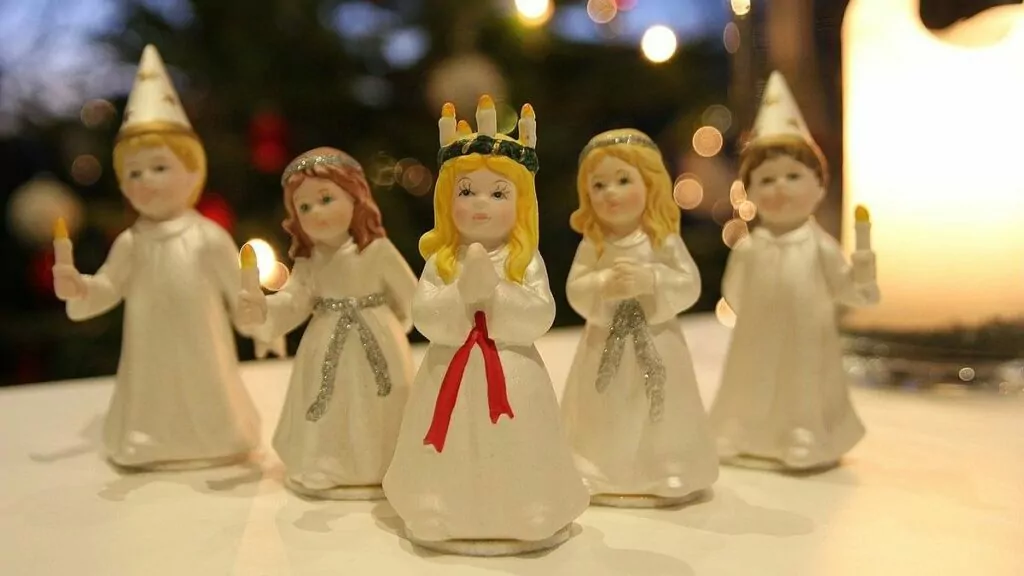
Facts about lice cats
Here we have gathered a number of interesting facts about lussekatter. If you want to know a bit more about this traditional pastry, which is eaten at Lucia? In fact, finding reliable information has been a bit of a challenge - perhaps because there are different stories, which don't always match - but we've done our best to compile credible facts about lussekats.
1. Dear child has many names
The popular pastry is often called lussekatt, but can also be called lussebulle, lussekuse, saffron bun, saffron kuse or julkuse.
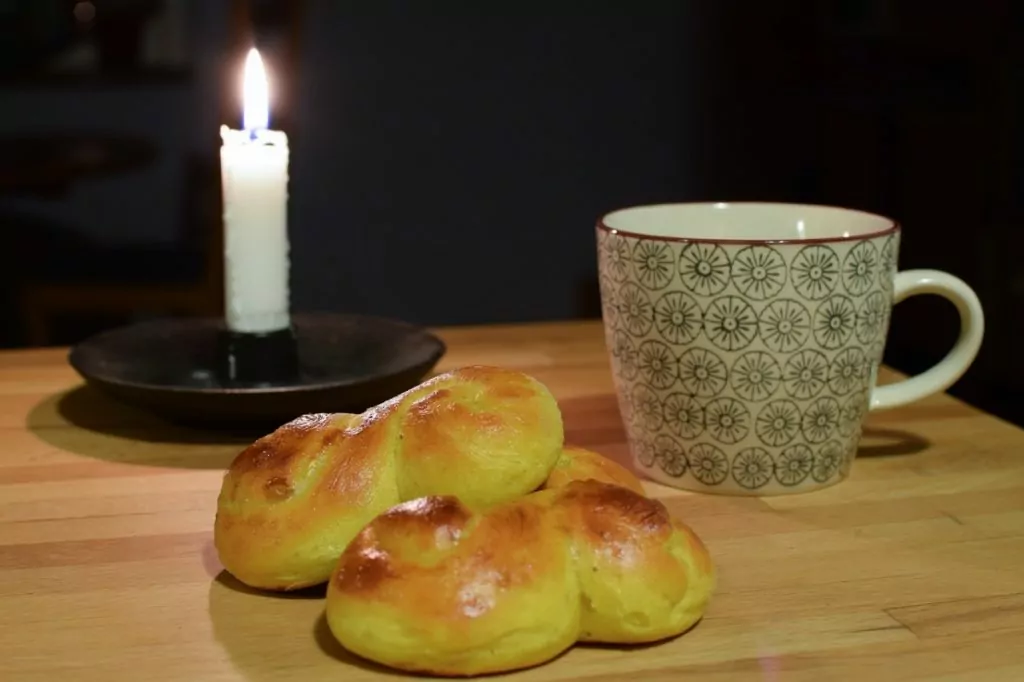
2. lollipop cakes have been called 'dove cakes'.
In the past, in western Sweden, the pastries were called dövelskatter or dyvelskatter, where "dövel" can be associated with the word devil. When these pastries began to be made in connection with Lucia Day, they eventually came to be called lussekatter.
3. the pastry may have come from Germany and the Netherlands
In the Netherlands and northern Germany there is a fermented sweet Christmas bread made from wheat called duivekater. This bread was probably exported to Gothenburg in the 17th century. Here in Sweden, we probably Sweded the word "duivekater" to "djävulskatter", even though the word may not actually have anything to do with either the devil or cats.
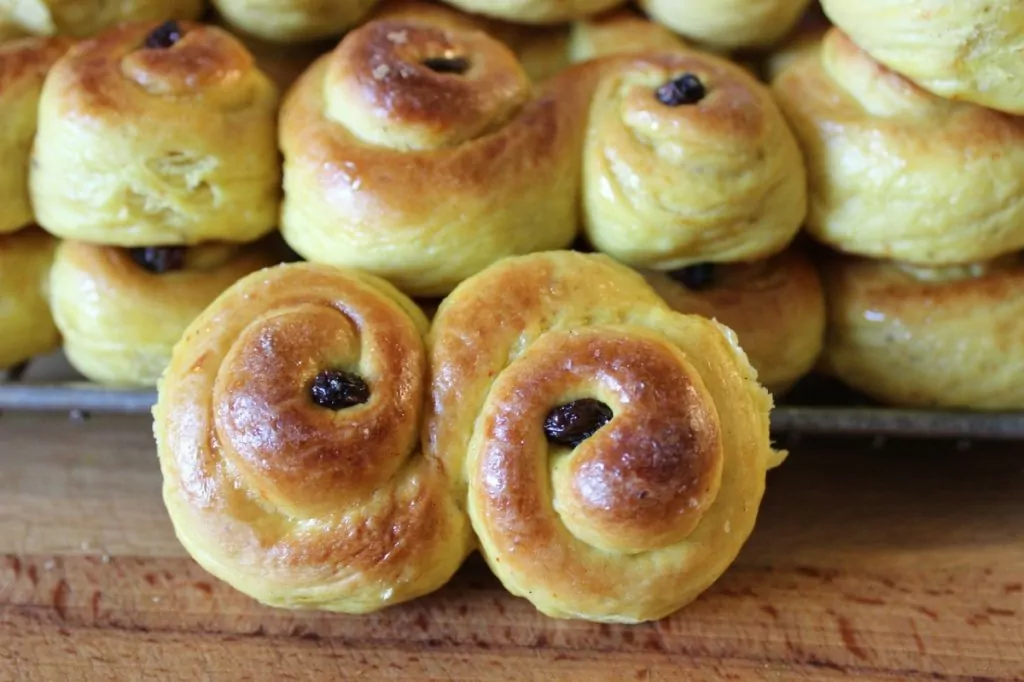
4. Some stories include devils and cats
One explanation is that the tradition of lussekats originated in Germany in the 17th century. According to the legend, the devil, in the form of a cat, beat up children, while Jesus, in the form of a child, distributed buns to good children.
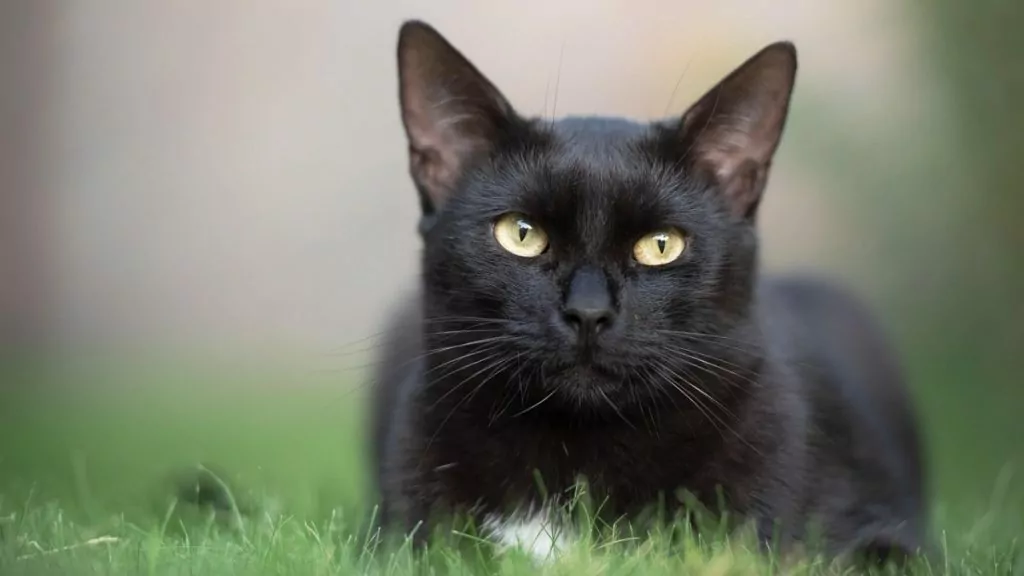
5. The name Lusse has sometimes been linked to Lucifer.
It is sometimes argued that the word "lusse" in lussekatt comes from Lucifer, which is a name for the devil. This may not be the case, but in older folk etymology, Lucia was still linked to Lucifer because of the similarity of the names. And yes, both words are linked to the Latin "lux", which means light.
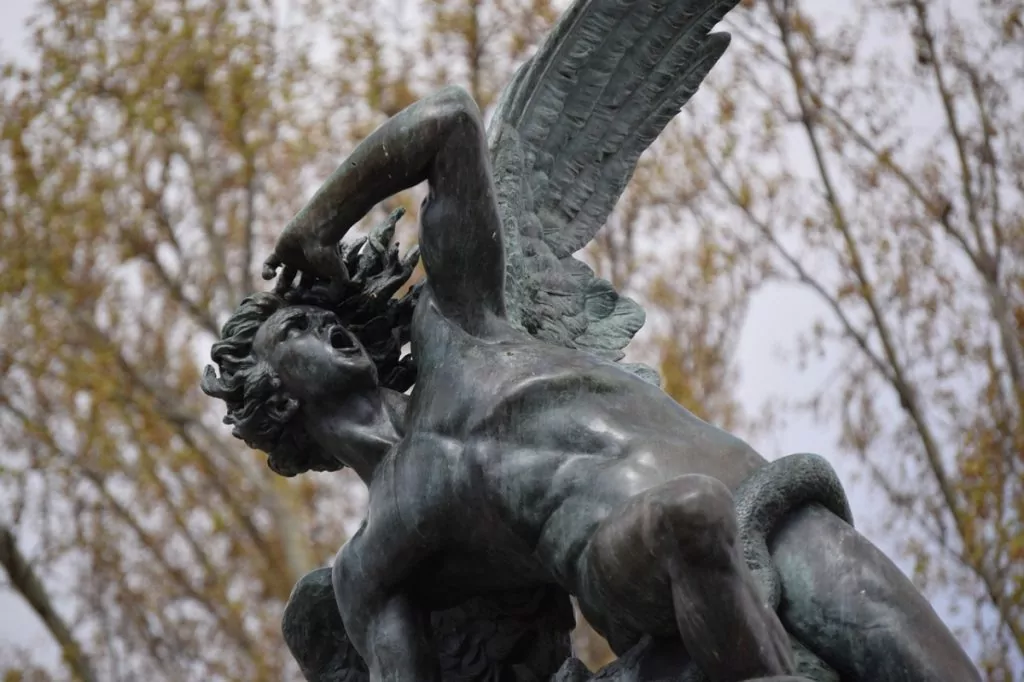
6. Saffron first appeared in the 19th century
Although lussekatter (or perhaps dövelskatter) existed earlier, it was not until the late 19th century that the idea of adding saffron was introduced.
7. 95 per cent of the world's saffron is produced in Iran.
Saffron comes from the saffron crocus and is the most precious of all spices in the world. It takes at least 100 000-150 000 crocuses to produce one kilo of dried saffron. Around 95 per cent of the world's saffron is currently produced in Iran.
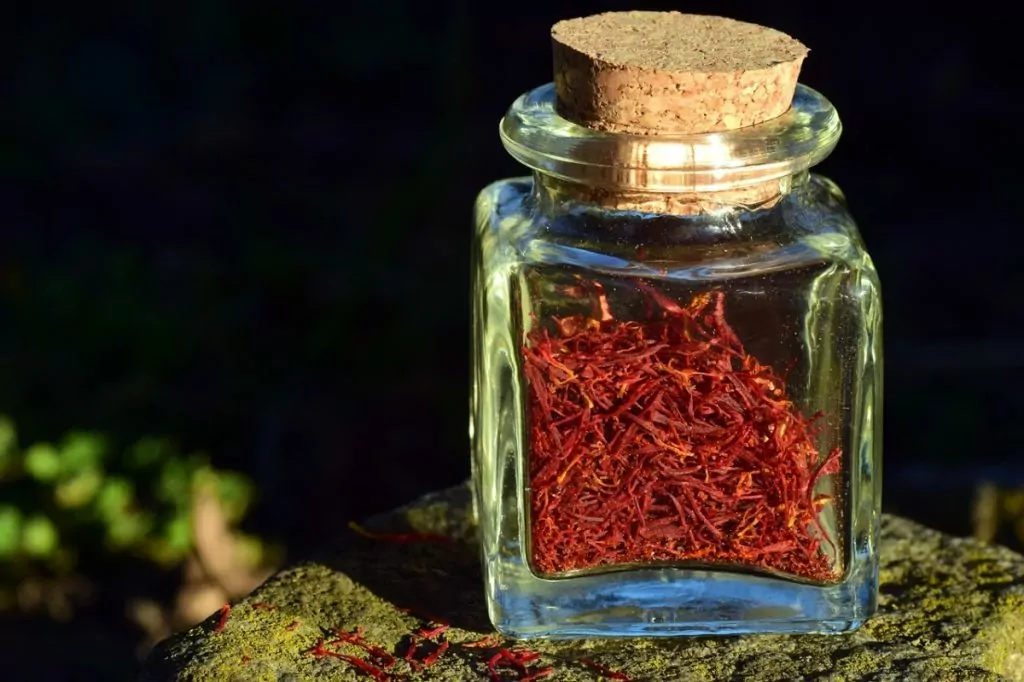
8. Lussekatter can be flavoured with cardamom.
Lussekatten is a wheat bun that is usually coloured yellow by saffron, but local variants with cardamom instead of saffron are also available.
9. The most common form of a lussekat is a kuse
Lussekats can be shaped in many different ways. The most common form is called a Christmas gal or simple kuse, and is simply shaped like an 'S'. It is also common to put two 'S's in a cross, and this shape can be called a gold wagon, Christmas wagon or Christmas cross.
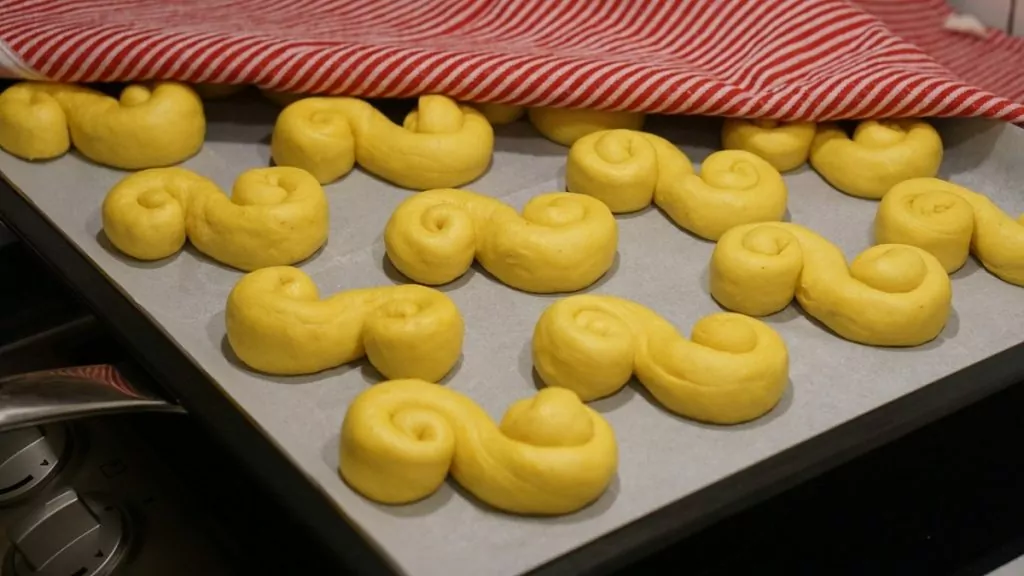
10. the priest's hair is a larger version
You can also bake larger versions of lussekats, which can be shaped into 'sauce cake' or 'priest's hair', for example. Many shapes have their origins in ancient patterns, such as those found on jewellery and pictures. Some patterns can be traced back to the Bronze Age.
11. Lussekatter can be garnished in different ways
Lussekatter are often garnished with raisins. It is also possible to garnish saffron bread with pearl sugar and almonds.
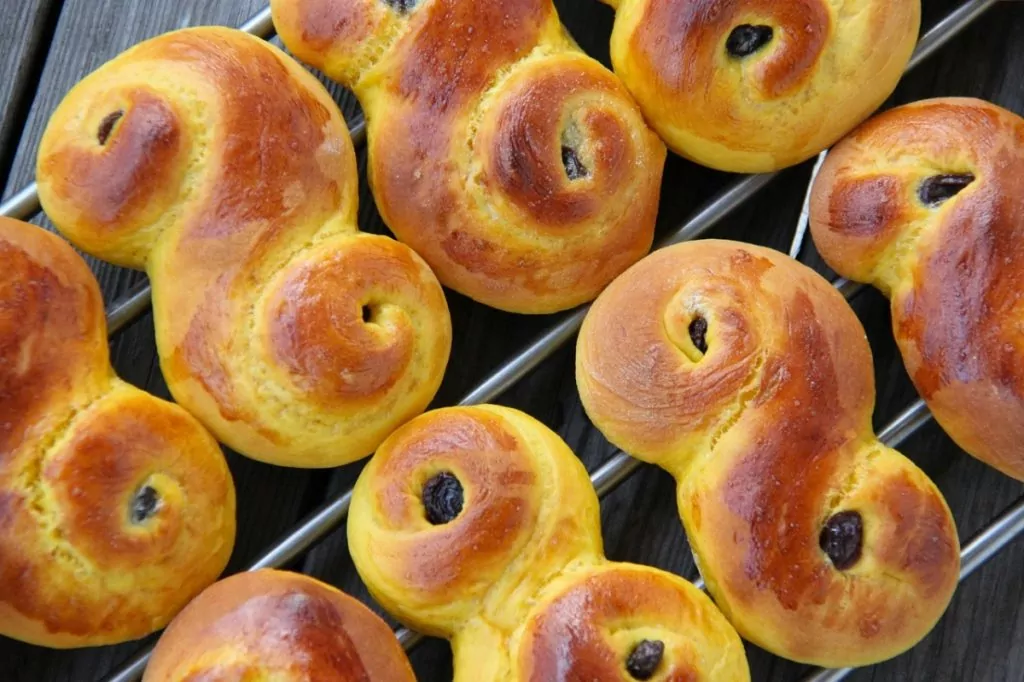
12. There are modern variants of lussekats
Most people know what a traditional lusekat looks like, but there are also modern variations. When you Google recipes, you'll find everything from vanilla cream-filled lussekats to lussebulle waffles.
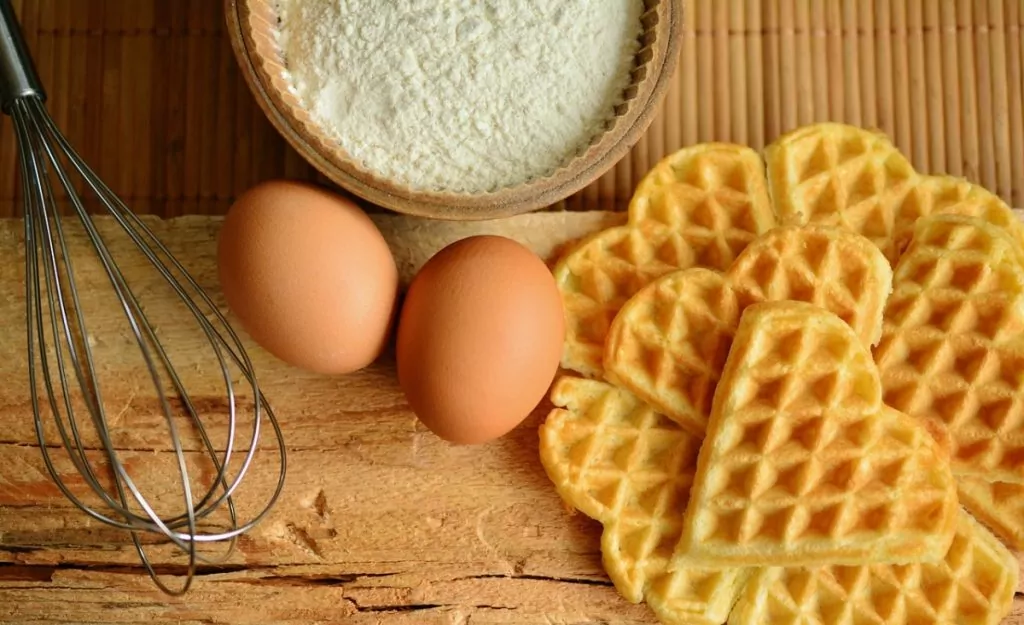
More interesting facts about lice cats?
Something new for you, or did you already know everything? Do you have more interesting facts about lussekatter to share? Or do you just want to share your best serving tip? Write a comment!

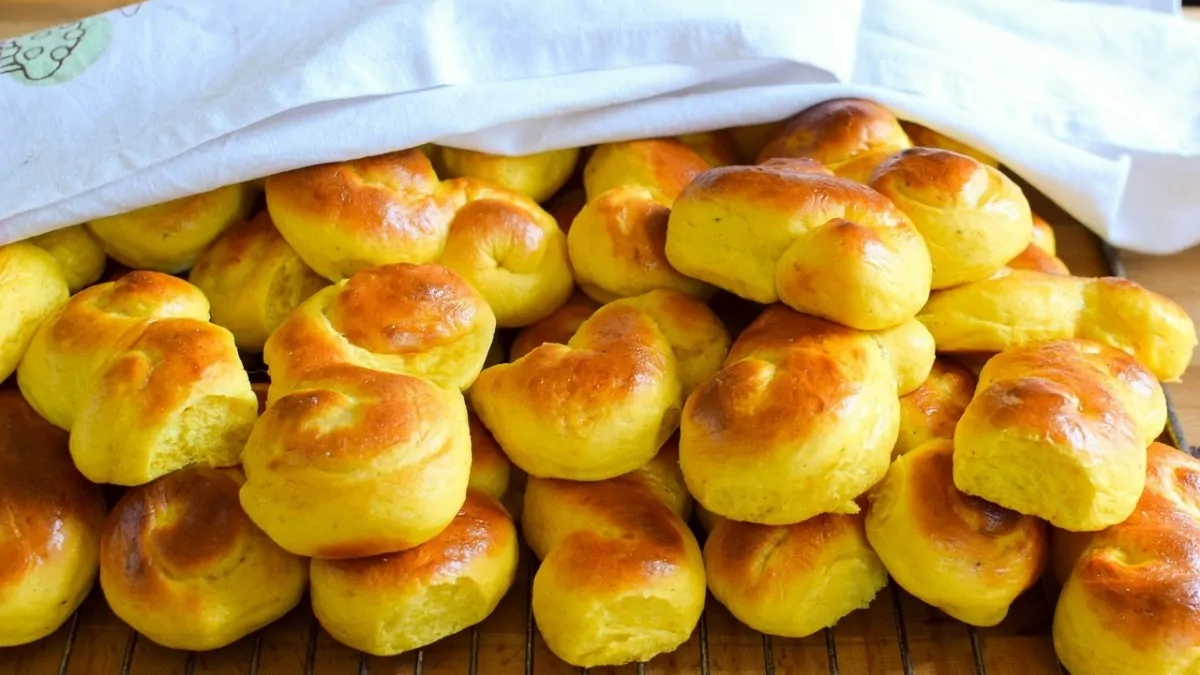










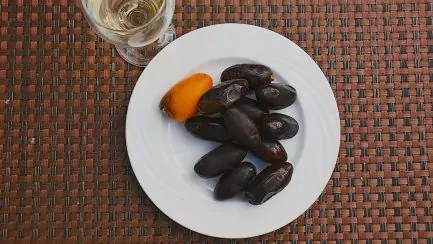

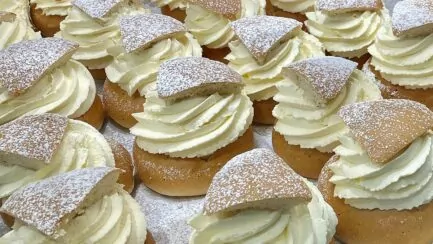
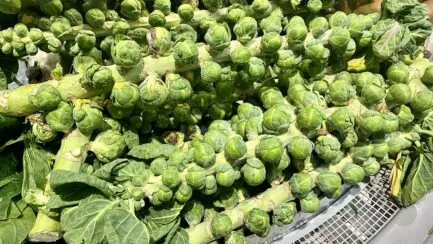
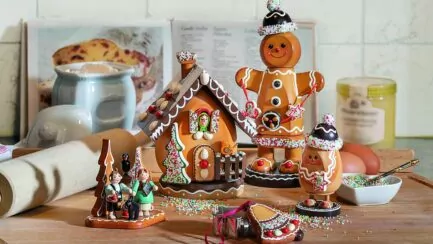



Ditte says:
Great reading! Thanks for this!
Wishing you a great Lucia.
13 December 2023 - 10:34
Helena says:
Glad it was appreciated! And thank you very much!
13 December 2023 - 18:35
Tobias says:
The content was fun and good.
I am from Iran and my grandfather planted saffron a hundred years ago I am from Iran and my grandfather planted saffron a hundred years ago, which was a very difficult and stressful job.
20 December 2023 - 11:01
BP says:
Even Byblixtra had an article about lussebullar. You were in cahoots with each other today;-)
https://byblixtra.se/trevlig-lucia/
13 December 2023 - 18:25
Helena says:
Like the picture of different lussekat shapes there! 🙂
13 December 2023 - 18:39
JoY says:
Nice info about the devil, had no idea about this but on the other hand I haven't looked for information either. Just eat and think it's delicious.
13 December 2023 - 20:13
Lena - gott för själen says:
Fun facts. Some I had no idea about.
Hug Lena
15 December 2023 - 10:17
Anonymous says:
Nice data you give about lice cats.
Sadly, there are pre-baked lussekats for sale. Read the table of contents.
Encourage people to bake these at home so you know what you're eating.
19 December 2023 - 11:59